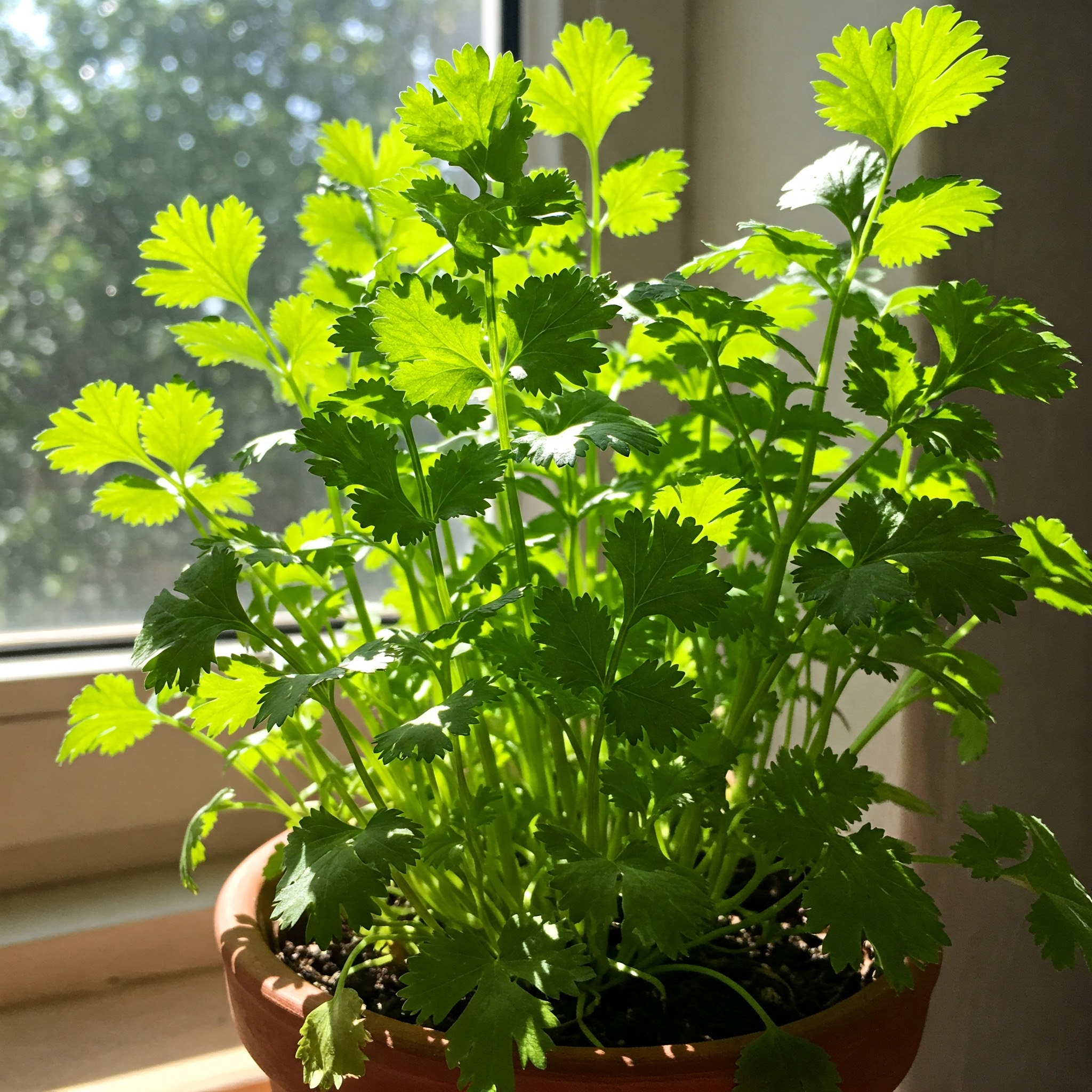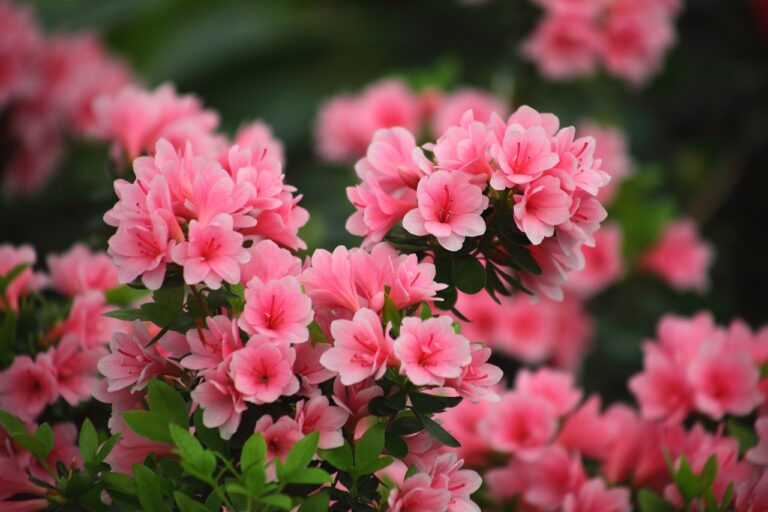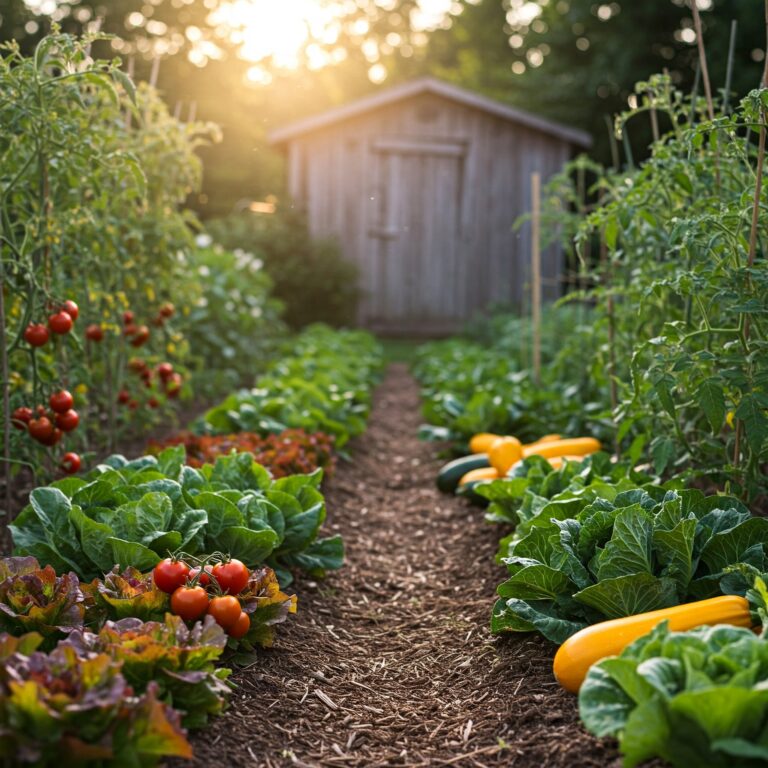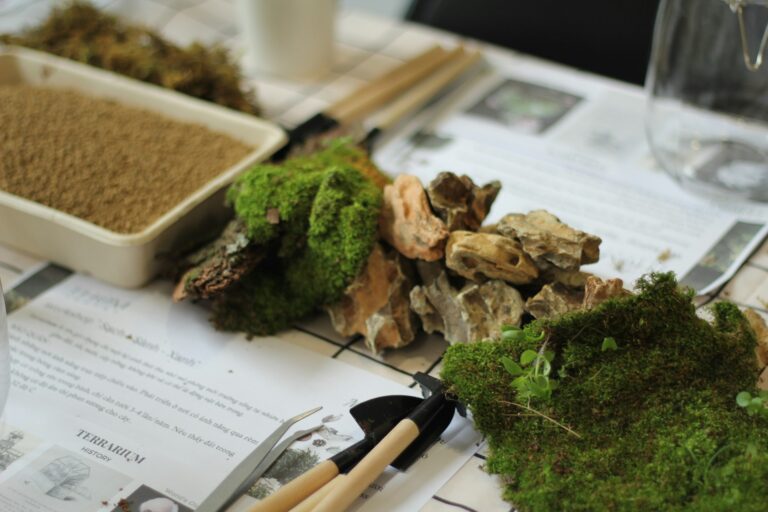Cilantro, also known as coriander, is a widely used herb in culinary dishes worldwide. Its fresh, citrusy flavor makes it a popular choice for garnishing salads, soups, and a variety of international cuisines, including Mexican, Indian, and Middle Eastern dishes. Whether adding a fresh touch to salsa or enhancing the flavors of curries, this versatile plant is a must-have in any herb garden.
While cilantro is relatively easy to grow, it requires proper care to prevent bolting and ensure a continuous supply of flavorful leaves. Without the right growing conditions, cilantro can quickly flower and go to seed, reducing its leaf production. Whether you’re growing cilantro indoors or outdoors, this guide will help you care for your cilantro plant and enjoy fresh herbs all season long.
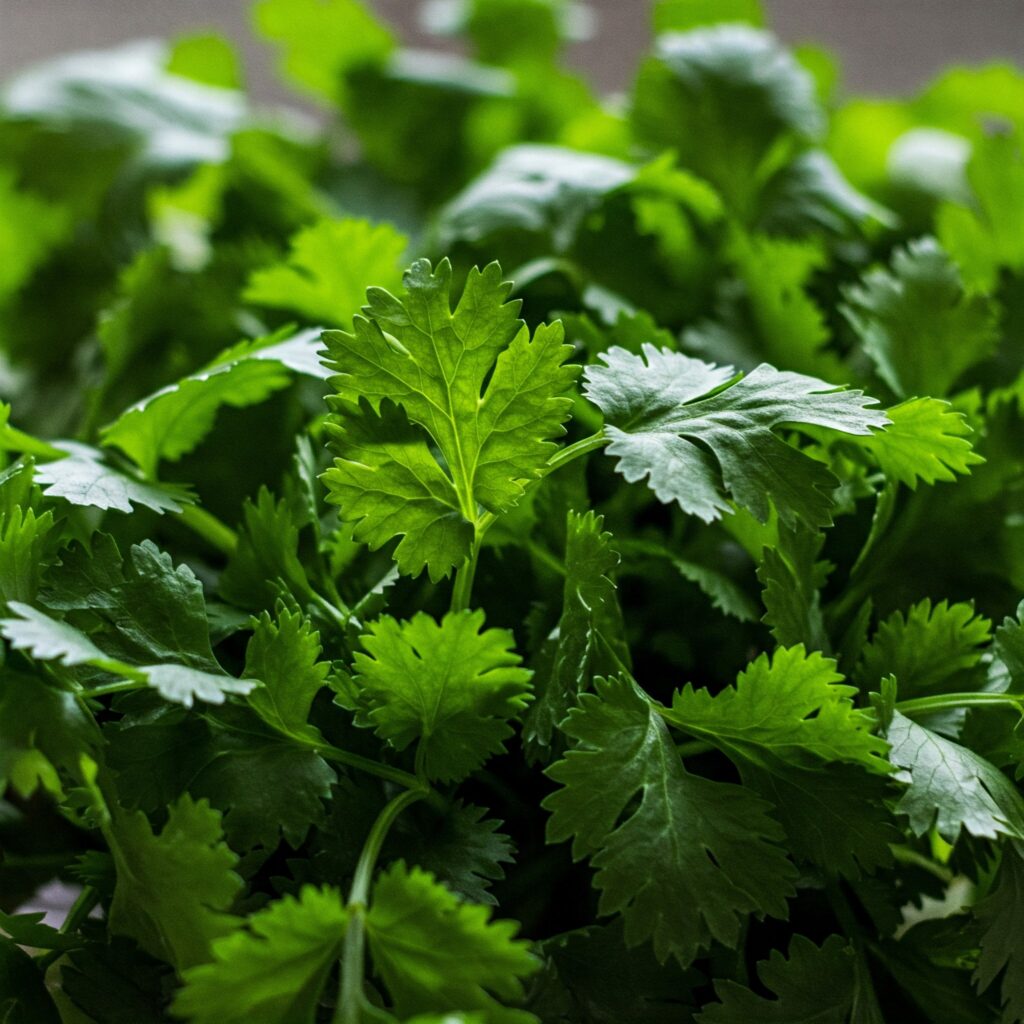
Tips To Care For A Cilantro Plant
Choosing the Right Location for Your Cilantro Plant
Cilantro thrives in a location that provides partial shade to full sun. Ideally, it should receive 4-6 hours of sunlight daily. However, excessive heat can stress the plant and cause it to bolt prematurely. In hotter climates, providing some afternoon shade helps prolong its vegetative growth before it transitions to flowering.
If growing cilantro indoors, place the pot near a sunny window, preferably south-facing, to ensure sufficient light. If natural light is insufficient, consider using grow lights to support healthy growth. Outdoors, select a well-drained spot sheltered from strong winds to protect the delicate leaves from drying out or becoming damaged.
Soil Preparation and Planting
For optimal cilantro plant care, use well-draining, loamy soil with a pH of 6.2 to 6.8. Adding organic compost enhances soil fertility, providing essential nutrients for the plant’s development. Well-aerated soil prevents waterlogging, which can lead to root rot and fungal diseases.
When planting, sow cilantro seeds directly into the soil at a depth of about 1/4 inch and space them 6-8 inches apart. Cilantro does not transplant well due to its sensitive root system, so direct sowing is recommended. Water gently after planting to keep the soil moist without disturbing the seeds. To ensure continuous harvest, consider succession planting every 2-3 weeks.
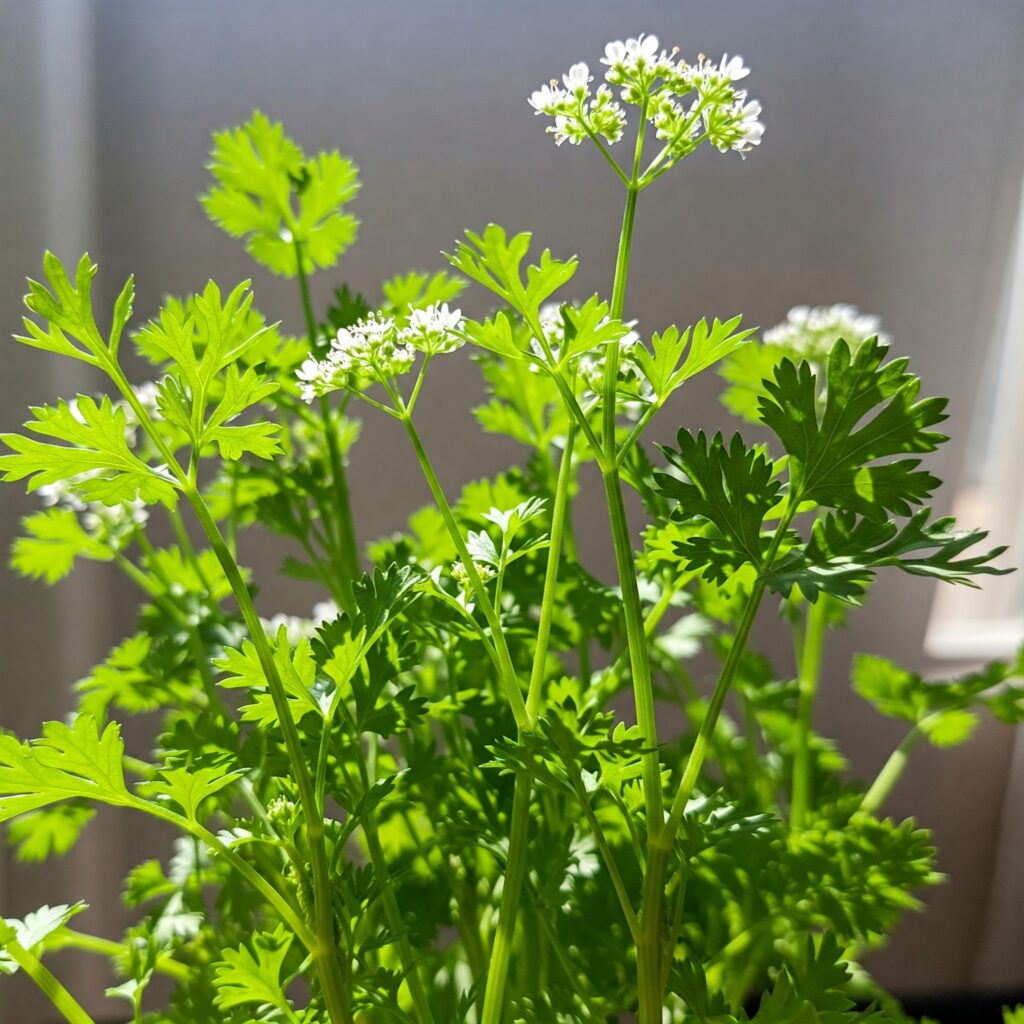
Watering Your Cilantro Plant
Consistent moisture is key when caring for a cilantro plant. Watering 1-2 times per week is generally sufficient, but this depends on the climate and soil conditions. Cilantro prefers moist but well-drained soil.
The soil should remain damp but not waterlogged, as excessive moisture can lead to root rot. On the other hand, if the soil dries out too quickly, the plant may become stressed, resulting in stunted growth or premature bolting. A layer of mulch around the base of the plant helps retain soil moisture and regulate temperature.
Overwatering can cause yellowing leaves, while underwatering can lead to wilting. Regularly check soil moisture by inserting a finger about an inch deep into the soil; if it feels dry, it’s time to water.
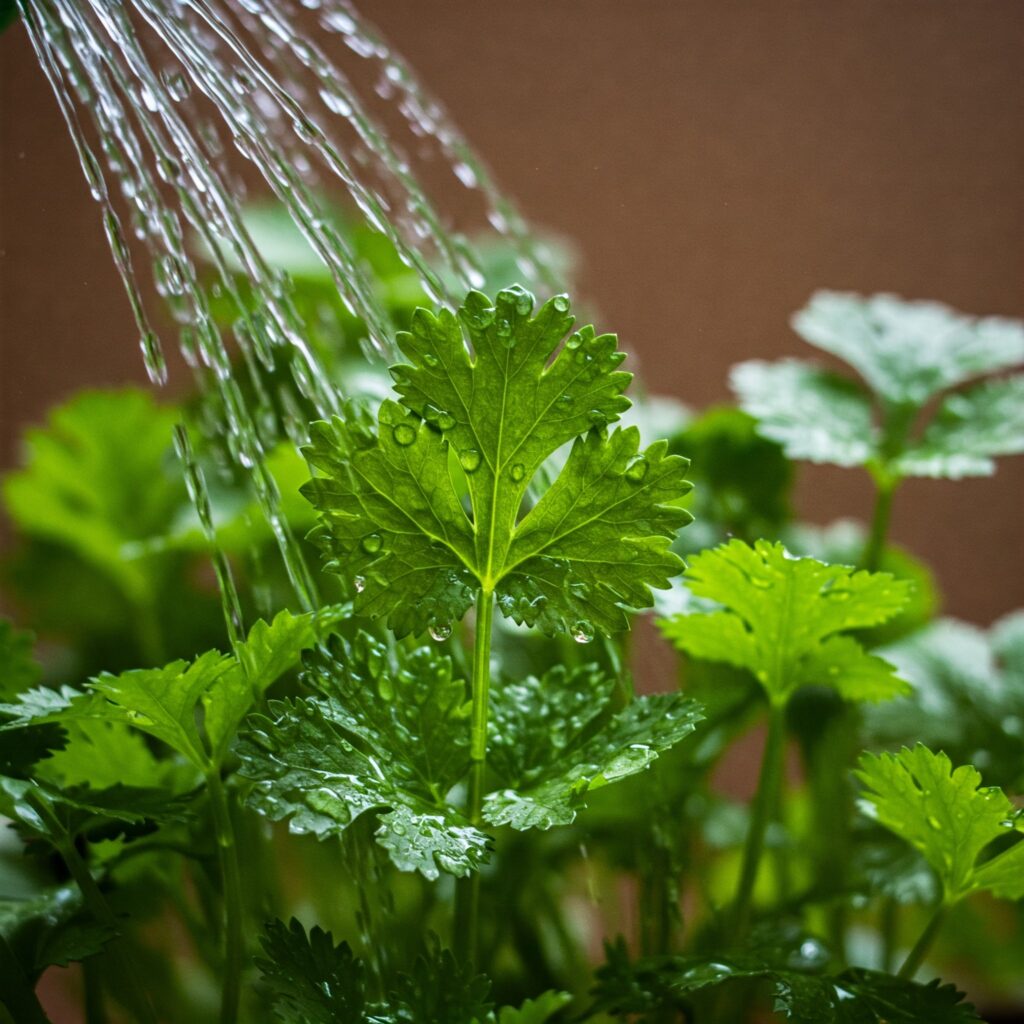
Fertilizing and Nutrient Management
Providing the right nutrients enhances cilantro’s growth and flavor. A balanced, water-soluble fertilizer applied every 4-6 weeks supports strong foliage development. Organic fertilizers, such as compost tea or fish emulsion, also work well in maintaining soil health.
However, avoid over-fertilizing, especially with nitrogen-rich fertilizers, as excessive nitrogen can lead to rapid leaf growth but may also dilute the herb’s strong flavor. Over-fertilization can also encourage bolting, shortening the plant’s productive lifespan.
Preventing Bolting and Prolonging Growth
Bolting occurs when a cilantro plant starts flowering and producing seeds prematurely, often triggered by high temperatures, stress, or improper care. Once a plant bolts, its leaves become smaller and develop a more bitter taste.
To prevent cilantro bolting, plant in cooler seasons like early spring or fall. Providing partial shade during hot weather can help extend its growing period. Regularly harvesting the outer leaves encourages bushier growth and delays bolting. Additionally, keeping soil consistently moist and avoiding stress from transplanting or overcrowding helps prolong the plant’s life cycle.
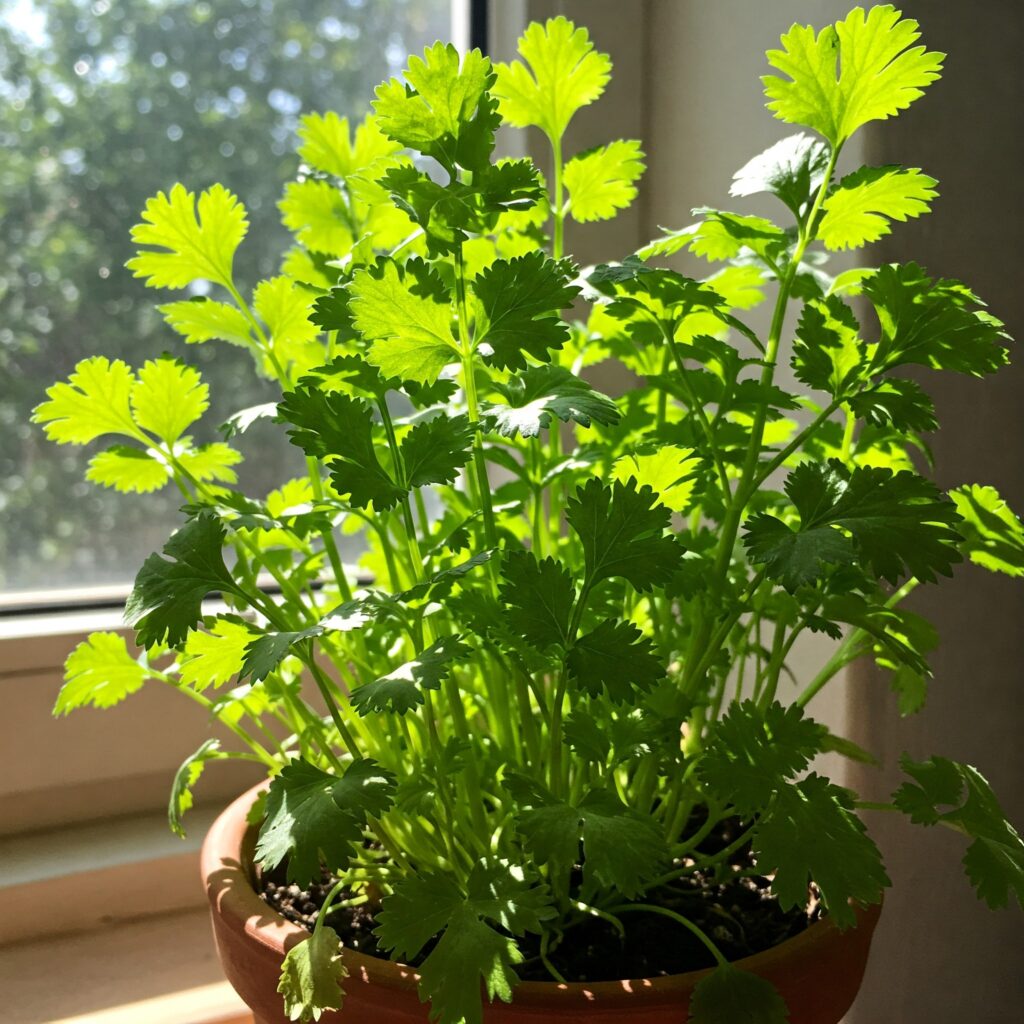
Harvesting Cilantro
Cilantro is ready for harvest when it reaches about 6-8 inches in height. The best way to harvest cilantro is by snipping the outer leaves first, leaving the center intact for continued growth. Harvesting frequently encourages the plant to produce more foliage and slows down the bolting process.
Avoid cutting more than one-third of the plant at once to prevent shock and maintain continuous growth. If you wish to collect coriander seeds, allow the plant to bolt, and once the seed heads turn brown, harvest and store them for culinary use. Coriander seeds can be used whole or ground for seasoning in various dishes.
Common Pests and Diseases
Cilantro plants can be affected by pests such as aphids, spider mites, and whiteflies. These insects feed on the sap, weakening the plant and potentially spreading diseases. Natural remedies like neem oil or insecticidal soap help control infestations without harming beneficial insects.
Fungal diseases such as powdery mildew and root rot can also occur, often due to overcrowding or excessive moisture. Ensuring proper spacing, avoiding overwatering, and improving air circulation minimize disease risks. If powdery mildew appears, removing affected leaves and applying an organic fungicide can help manage the issue.
Growing Cilantro Indoors
For those interested in growing cilantro indoors, selecting the right container is crucial. Choose a pot with drainage holes that is at least 8 inches deep to allow for proper root development.
Position the plant near a bright, south-facing window to maximize sunlight exposure. If natural light is insufficient, supplement with LED grow lights to provide the necessary light spectrum for healthy growth.
To encourage even growth, rotate the pot occasionally, and maintain consistent moisture levels without overwatering. Indoor-grown cilantro benefits from occasional feeding with organic liquid fertilizer to replenish nutrients.
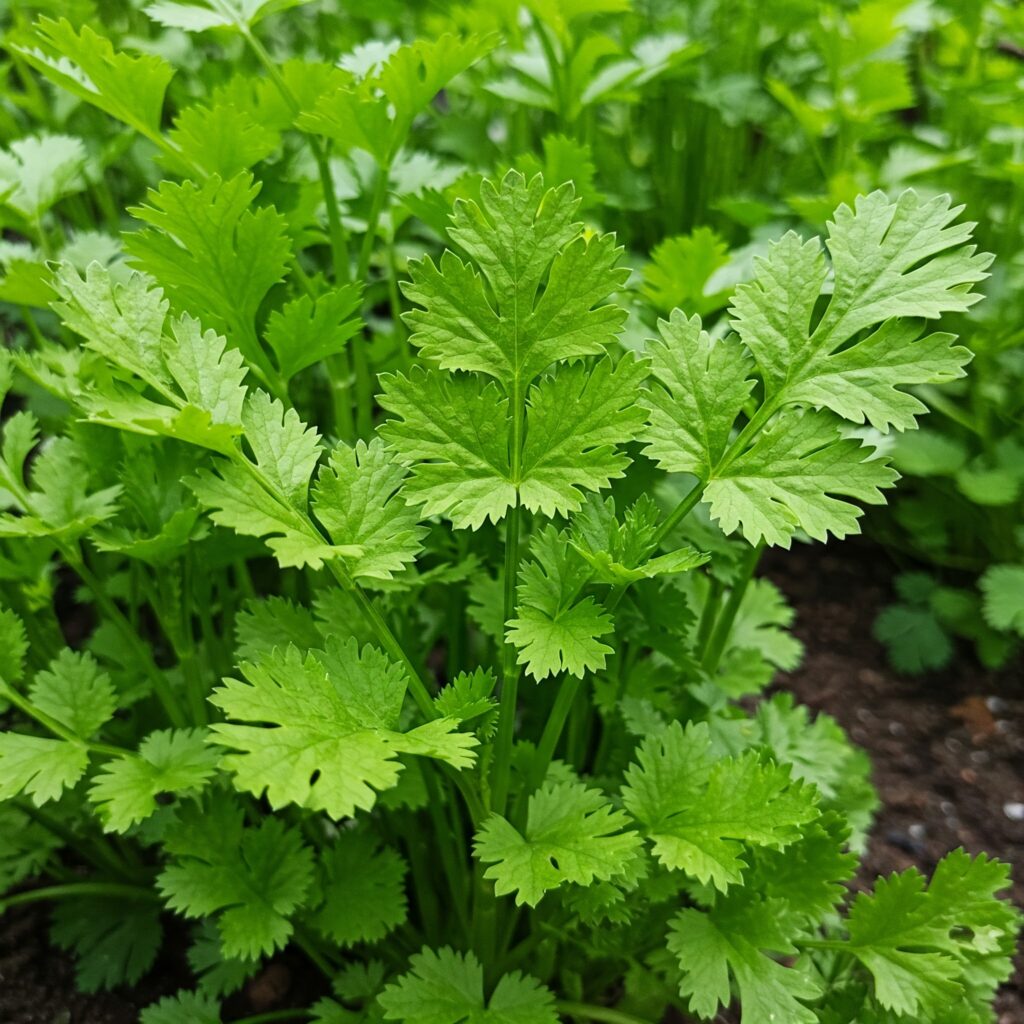
Troubleshooting Common Problems
- Yellow Leaves: Typically caused by overwatering, poor drainage, or nutrient deficiencies.
- Leggy Growth: Insufficient sunlight can lead to tall, weak stems. Providing adequate light or adjusting positioning can help.
- Bolting Too Early: High temperatures, stress, or poor growing conditions can trigger premature flowering. Implementing shade and regular harvesting helps delay this process.
Conclusion
With proper care, cilantro plants thrive and provide a fresh, flavorful addition to your meals. By understanding the right conditions for soil, watering, sunlight, and harvesting, you can enjoy an abundant supply of this popular herb.
Cilantro is an excellent herb to grow at home, whether in a garden bed or a container on a windowsill. Start growing cilantro today and experience the joy of fresh, homegrown herbs. Have any cilantro-growing tips? Share them in the comments below!
